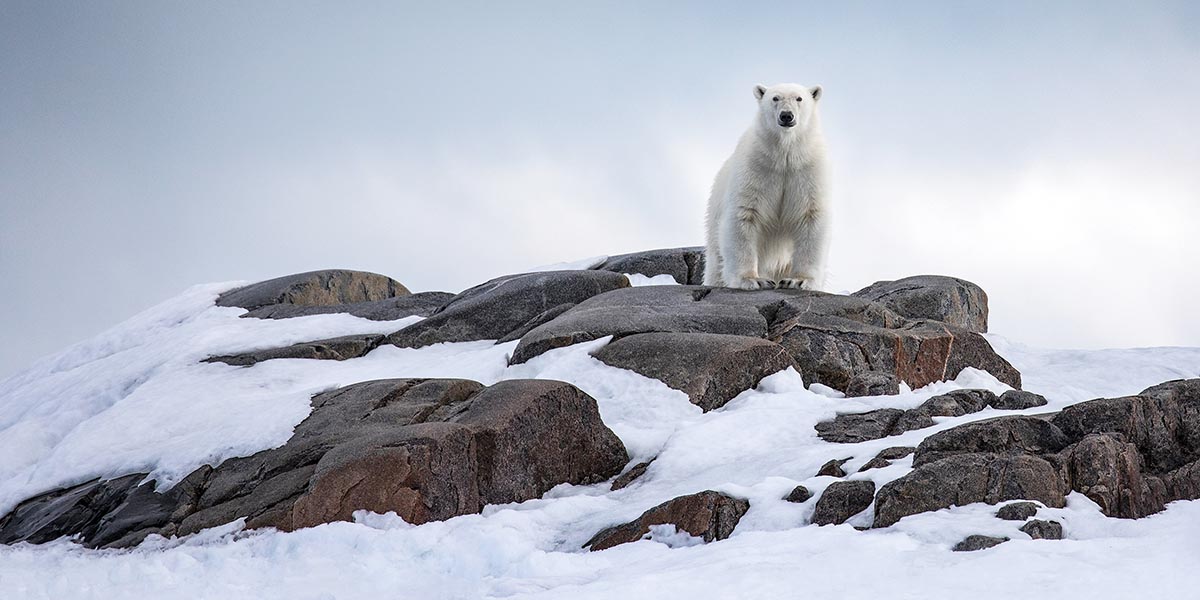Connecting to the Unknown
Ally and David McKay share lessons from photographing unfamiliar places.
• December 2022 issue
Ally McKay, M.Photog.Cr., and husband David McKay, M.Photog.Cr., can pinpoint the exact time in 2007 when their business took a turn. The McKays had been making high-end portraiture and doing well at it, but a financial crisis was beginning to grip the country, and people were taking a hard look at their discretionary spending. Then literally overnight, the phone stopped ringing.
To adapt, Ally and David made several changes to their business, including a shift to marketing portraiture. But what ultimately reshaped their business was the introduction of photography classes. The first couple of classes were a success, and the couple began to build a sizable contact list of shutterbugs interested in educational photography experiences. Within a few years, they began to work on plans for more immersive workshops and trips. After teaching classes for several years, they found they had a database full of people who wanted to go farther afield to practice their photography. They planned their first workshop in Italy in 2012, kicking off a new direction that would eventually consume the entire business. Within a few years, they’d transitioned to leading photography tours full time. They’ve since taken more than 2,500 photographers on adventures around the world.
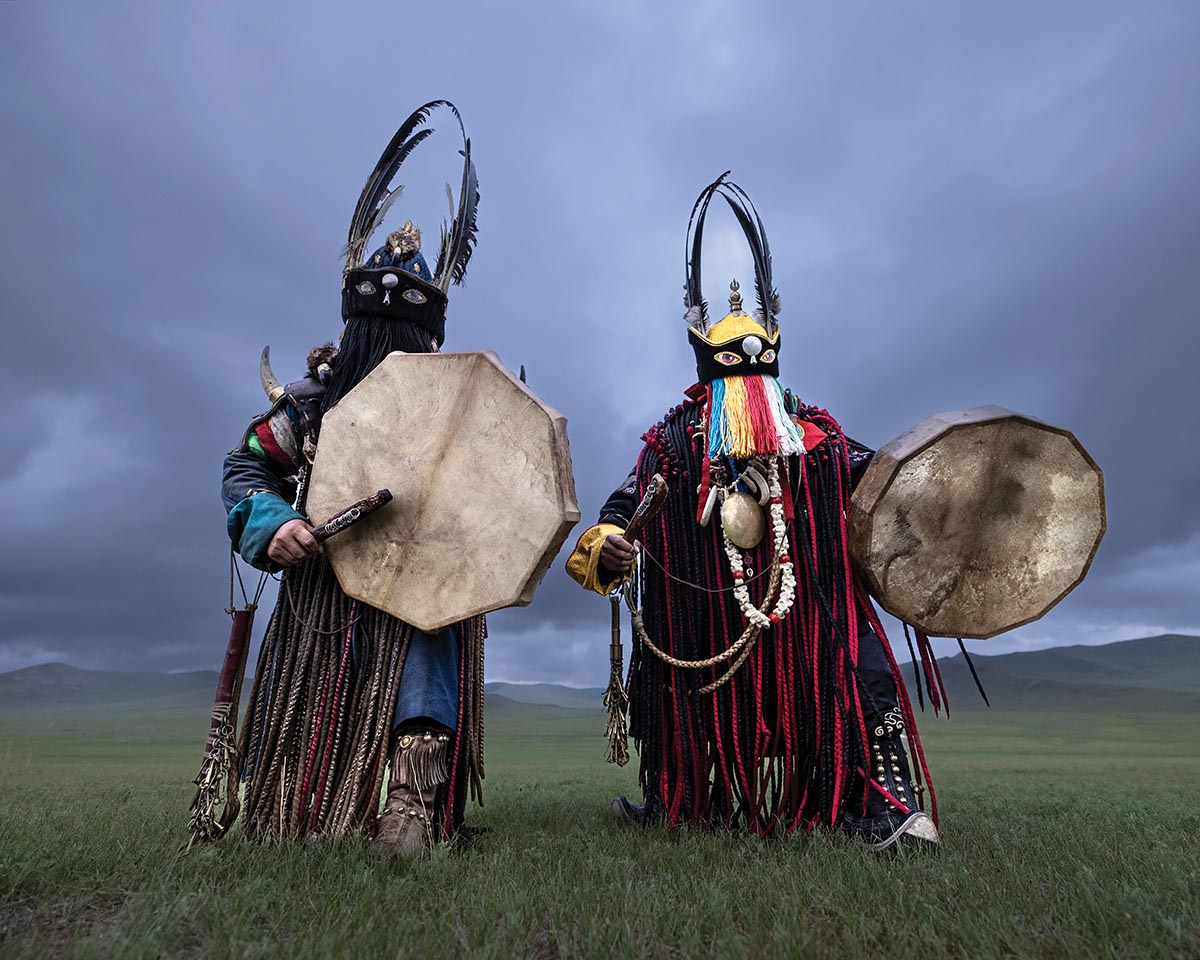
RECIPE FOR SUCCESS
The McKays base their tours on four ingredients, each in equal measure: photography, travel, friendship, and adventure. “When you ask our clients what keeps bringing them back, it’s rarely just the photography,” says David. “It’s always about how something touched their life. Photography is the glue that keeps everything together, the common bond, but at the end of the day, what makes these experiences special is the personal connection, the perspective of sitting around talking about the life-changing experience. When you’re doing travel photography, if you’re missing that friendship and adventure side, then you’re missing so much of what photography has to offer. And as a result, the work can be flat. It’s missing a vital connection. But if you can incorporate those elements, that is where your photography starts to come alive.”
For the McKays, this is where the art of travel photography emerges. The emotional connection to the work is critical, and it comes from opening up your vision to the full experience. “A photographer who is technically proficient can go out and photograph a landscape or a culture, and they can do that well,” says David. “But if their heart is not into what’s actually taking place in front of them, then it’s just an object. You’re left with technically proficient photographs, and that’s it.”
Especially today, when cameras are loaded with so many options, photographers can obsess over settings and effects to the point of missing what’s happening around them. On the other hand, if you open up your perspective to the complete experience, then your emotions will translate a unique perspective into the photographs. You start to see things differently. The scene comes alive. And that’s when the magic happens. We’re all different. We don’t need to robotically photograph the same scene the same way. Instead, say Ally and David, bring in your own emotions, your unique perceptions, and photograph through that metaphorical lens.
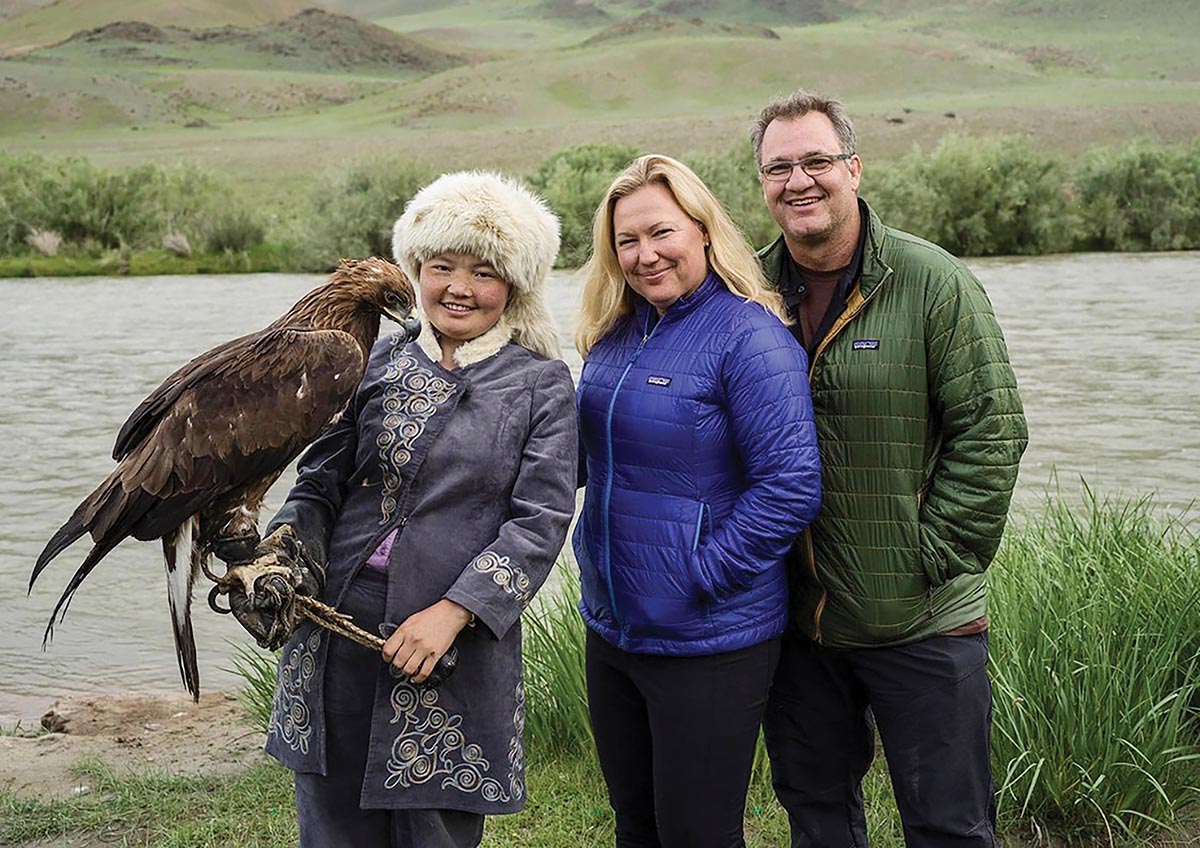
Ally and David McKay in Mongolia with eagle huntress Aisholpan
“My No. 1 rule is put down your camera,” says David. “Take it in, feel it. Once you’re feeling it and experiencing it truly, then pick your camera back up and start photographing. When you see those images later, they are more profound. Maybe something was emotional and you were able to connect to it and capture it.”
Photographers can learn to embrace this connection in all types of work, including client work. In portrait photography, for example, the most important element is how the images make people feel. That feeling comes from the connection you form with your clients and the experience you provide, says Ally. “People want to be taken care of. They want a special experience. They want a connection that feels like something deeper, like family. Photography can do this. Photography can bring you together.”
PHOTOGRAPHING THE UNFAMILAR
Travel photography helps photographers adapt quickly to unfamiliar environments so they can practice creating profound imagery regardless of the circumstances. “Having been a wedding photographer, I enjoy the challenge of showing up somewhere you’ve never been, looking around, and figuring out how to do things,” says Ally. “There’s a freshness in photographing a place you’ve never been before that can open up a lot of things creatively.”
With that in mind, Ally and David offer insights on photographing unfamiliar environments.
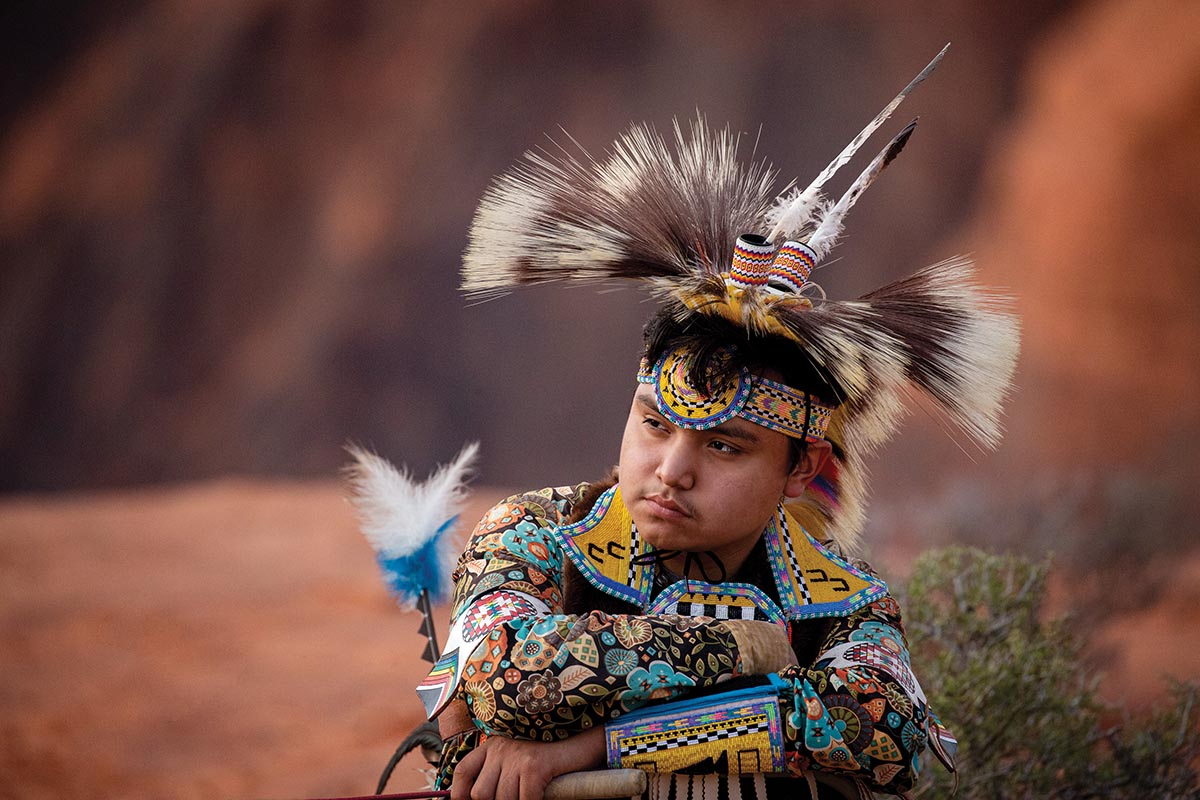
Take in the whole area. Understand the area and what it has to offer. What are the challenges? What are the opportunities? Consider options beyond the specific scene you believe you’re supposed to photograph.
Adopt a 360-degree perspective. Look up, down, and around. Consider different backgrounds, different angles. You may be focused on one view, but something amazing could be happening behind you. Be aware of what’s going on all around. Consider the light. How does the light work in this new location? How is that different from the light you’re accustomed to using? Do your research on light conditions in the area. Know when the sun rises and sets. Figure out if conditions are likely to be clear and bright or cloudy. Determine the best time to shoot and from what perspective.
Control the light. After you’ve considered the light in a new location, figure out how to shape, adapt, and control it. If you can’t schedule your photography during the ideal time of day, then how can you approach the light in that location when it’s less than ideal?
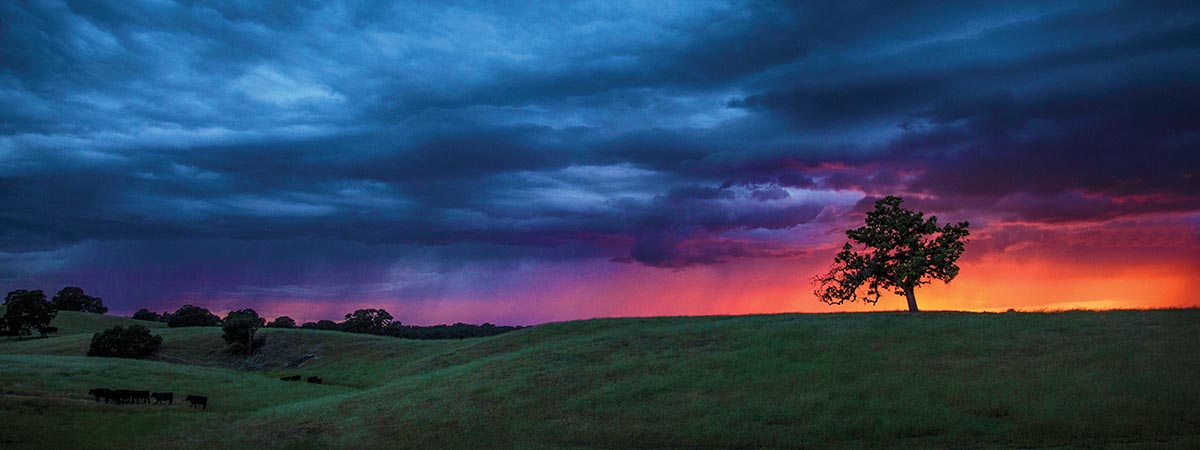
Embrace your creativity. Your senses come alive in a new environment, so listen to them. If a scene inspires new ideas, indulge them. Make the most of the moment, and let your creative impulses lead the way.
Research the area. See what others have done before you. This isn’t an exercise of trying to imitate someone else’s work. Rather, get a baseline of knowledge you can build on. Consider what’s been done before and how you can put your own spin on a scene.
Look for the angle. Think differently from the crowd. Don’t be a tourist. Be an artist who brings a new perspective to a location. You have a unique worldview to share.
Find a local guide. Collaborate with someone who understands the culture and knows the places the typical visitor doesn’t go. Finding a guide isn’t as simple as going to a website and choosing one. It takes research, advance communication, a relationship, and working together to come up with a plan. Then it becomes a true partnership that can yield exemplary results.
Go with the unexpected. When you’re going to a place you’ve never been, let yourself veer off your plan, explore, be spontaneous, and follow your creative instincts. That’s when all of your training, all of your technique, comes together to help you create something special.
Jeff Kent is the editor-at-large.

